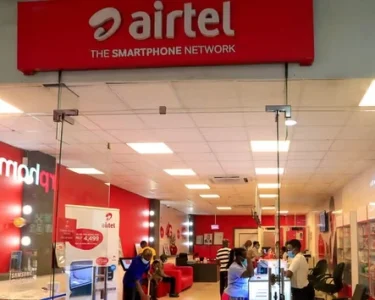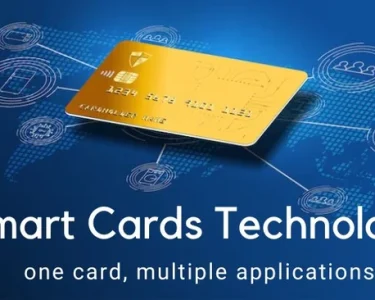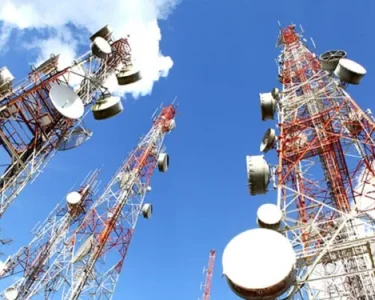The toolkit has four main components. Some new algorithms are designed to improve the performance of MIMO pairing and beamforming, which in turn should improve mid-band capacity. There are also improvements to RAN slicing such that it’s delivered more quickly and reliably, improved low-latency capabilities, and tweaks to the 5G core that will allow subscribers to buy ‘data boost’ (a new service providing upsell capabilities for premium connectivity with alternative quality of service) and low-latency packages.
“We’re reshaping connectivity and facilitating a seamless transition from ‘best-effort’ mobile broadband to premium experiences with service-level agreements,” said Sibel Tombaz, Head of Product Line 5G RAN at Ericsson. “Our new innovative software toolkit empowers our customers to unlock advanced 5G applications through differentiated connectivity. This not only guarantees on-demand service excellence but also propels us toward our vision of networks as a platform.”
“Our innovation focus at Deutsche Telekom is on developing new differentiated services,” said Changsoon Choi, VP, Network Service Differentiation and Convergence at DT. “Working with Ericsson and partners we have demonstrated the quality of experience benefits of a consistent low latency and actively pushed the ecosystem in this area. We now welcome the launch of 5G slicing and L4S [Low latency, Low loss, Scalable Throughput] in Ericsson’s RAN software offering as we prepare the next steps to bring the benefits to our customers.”
While this seems like a positive step, it’s a bit depressing that we’re still trying to find ways to unlock the potential of 5G towards the end of 2023. A lot of hope seems to be invested in giving consumers to buy performance tweaks but demand for such stuff feels largely unproven. As is so often the case with 5G, the main monetisation opportunities will probably come from a more B2B direction, especially on the L4S side of things.





